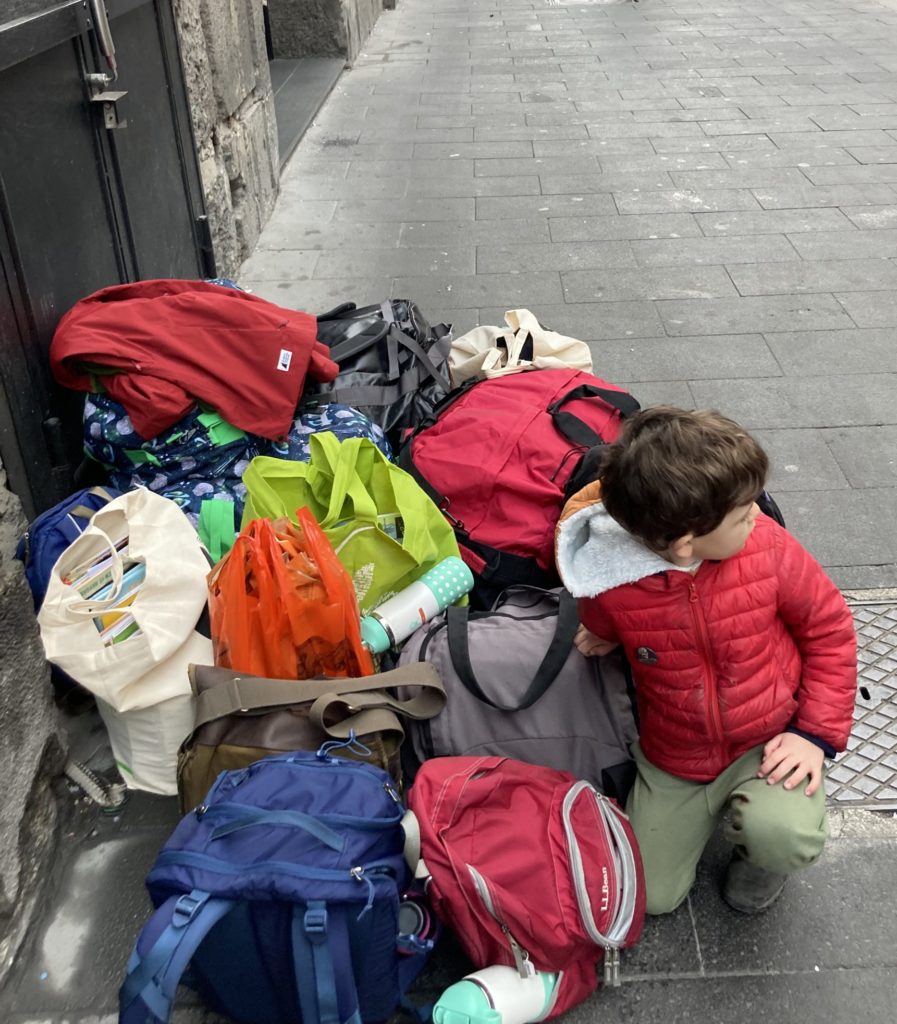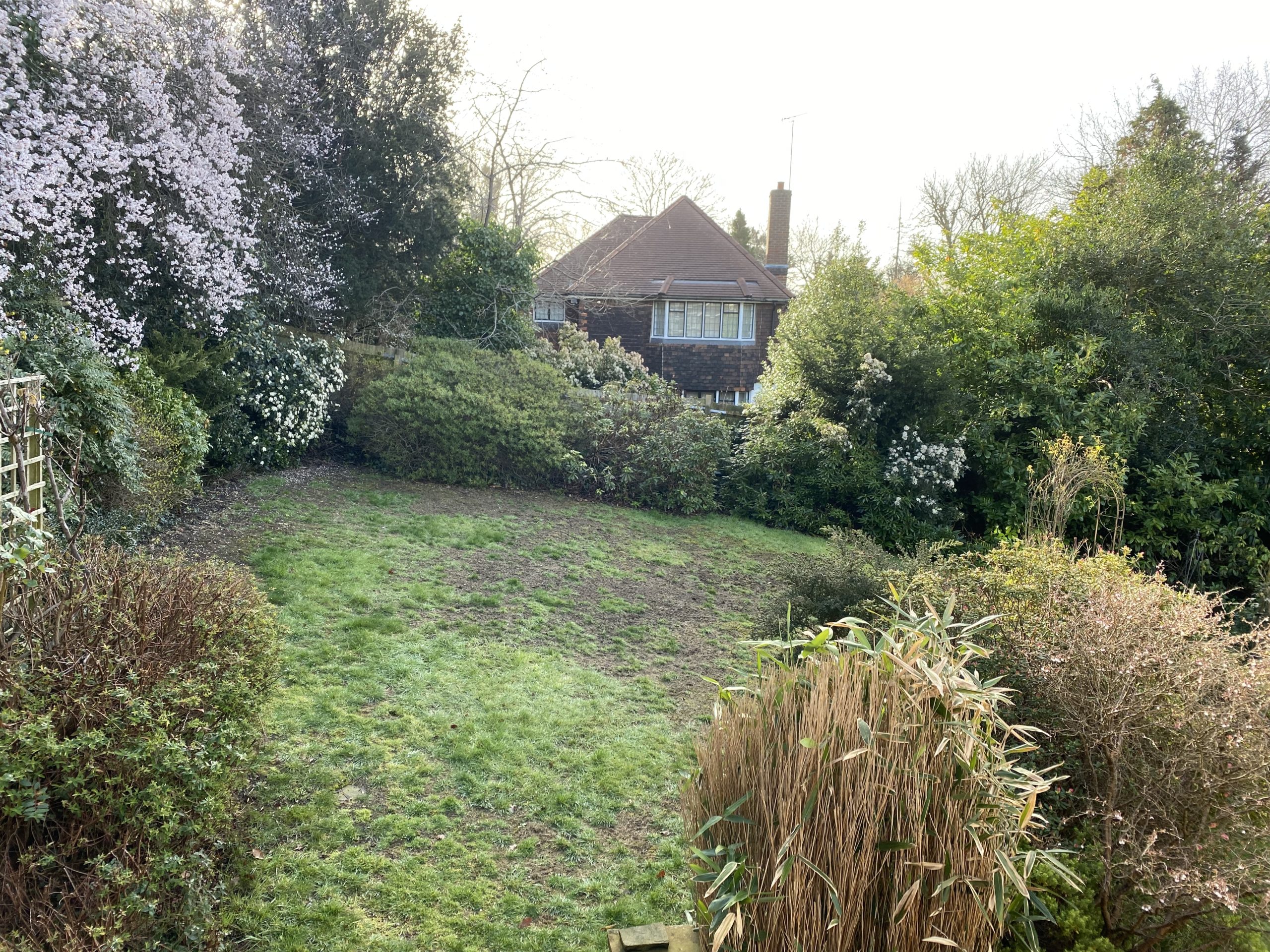
At three weeks, the Italian section of our travels was very much the kind of thing you might do as a stand-alone holiday. Frankly, we could have quite easily spent three weeks at each of our stops (maybe only two in Venice), taking more side trips, having more days feeling like we could just chill without rushing to yet another must-see sight. Of course, Schengen rules being what they are, that kind of leisurely pace would have meant visiting Italy and only Italy. Even so, we found the itinerary aggressive, and would have wished to somehow carve out a few more days at each stop (without dropping anything from the list).
Selecting accommodations
Notions of good location shift a bit with kids. Vatican City is walking distance from Trastevere for adults, but 35 minutes on foot is awfully far for little legs who then need to climb up the top of St. Peter’s dome. We were happy with Trastevere in the end, but it was a LOT of walking. In future, we’d give some thought to staying a bit further out along a subway line.
Since we’re travelling with kids, it made sense to book apartments over hotel rooms, giving us multiple bedrooms. The amenities of the apartment also shift a bit with kids. We spent more time in our accommodations than we would on an adult trip. That was the best place to do the necessary home-schooling, and the boys only had so much energy to wander around the cities, so we’d often be back there for the mid-afternoon before finding dinner (turns out “chill in the bar for three hours” is not really an acceptable way to spend every afternoon with primary schoolers). Unfortunately, however, a few of the apartments we rented had good bathrooms and bedrooms, but lacked for comfortable living space. Booking accommodations going forward, we’ll definitely aim for places that are more than a spot to rest your head.
Train or car?
Ours was a driving trip through Italy. We don’t regret that choice, exactly. We had good reasons.
- We were starting from a rural Austrian village where a rental car was a must, and there are economies of scale in long car rentals, especially in winter.
- Having our own wheels meant we never had to stress about whether we got out the door at 10:20 or 10:30 because there was no train to catch. It also let us make a few detours along the way to take a break and grab some food (one such stop in Orvieto turned out to be one of our favourite locations).
- We were also lugging SO MUCH gear. At four and six, our kids don’t need baby/toddler levels of stuff. But they are still at an age where mud puddles are magnets and every other meal ends up on their outfit, so you need to travel with lots of changes of clothes. Then there’s the home school supplies and bedtime story-books, and even the Paw Patrol toys…
- We could also pick up nice things we saw and bring them from place to place without worrying about space. Excellent parmigiano in the market in Modena? Buy it! Whole (delicious) guanciale from Rome? Load it up. Basics for breakfast and dinners that many AirBnBs don’t stock? Not a problem, no need to shop anew in each city.
- Then the logistics of getting from station to accommodation and back again every few days was daunting. The kids are not yet at an age where they can carry their own gear, so trains and taxis would have been an almighty scramble as we tried to get all the bags and all the kids into a taxi, out of a taxi, on to a platform and then on to a train (and rinse and repeat).
- When combined with the fact that our kids are excellent car travellers — they will perfectly happily sit and listen to their audio books for four hours at a stretch— and the car seemed like the better bet.
But: over the month, we spent over $900 just on tolls and parking, let alone car rental. That amount buys you a lot of train tickets and a lot of taxi rides. I think if we were doing it again, we would be marginally more inclined to take the train. And once our kids get to the stage of being able to carry 4-5 days of clothes in their own backpacks, we would definitely take the train. (But Orvieto was still worth it).

Timing
We would recommend to anyone that they visit urban Italy in February. The big sites in Rome were still a bit busy (because they always are), but everywhere benefitted from being outside the main tourist season. We could be much more spontaneous — of all the sites we visited, advance booking was only really required for the Colosseum. We should confess to being extraordinarily lucky on the weather. We didn’t see a drop of rain the entire time. Bologna was unseasonably warm for much of our time there (it was not so pleasant when the temperature dropped to 4-5 degrees on our final two days). But having been to Rome in the height of July heat, we’d take chilly February mornings every time. If you’re spending more time in the countryside or by the beach, February is probably not so great…on our sojourn to Ischia, much of the island was shut for the season.
Planning
One other small, slightly random point: SEO is rubbish for the major sites in Italy. On a straight Google search, especially when you don’t speak Italian, it’s almost impossible to find the official website for the site you are planning to visit. You have to wade through pages of random tour guides and resellers. The only reliable method we found was to check the Lonely Planet guide, which tells you the correct URL to visit to buy your tickets, or find out details of the site. This was super-frustrating, and didn’t match our experience in Germany and Austria (or many other countries we’ve visited).


